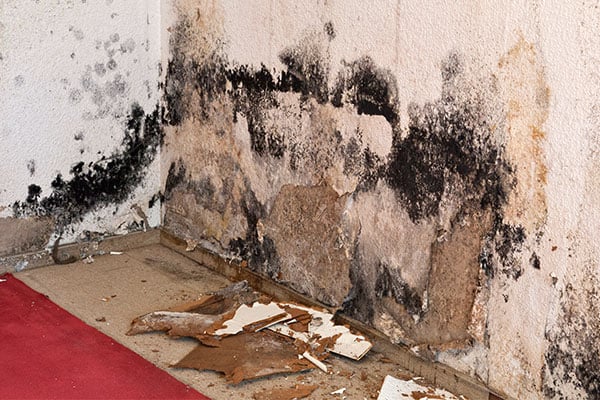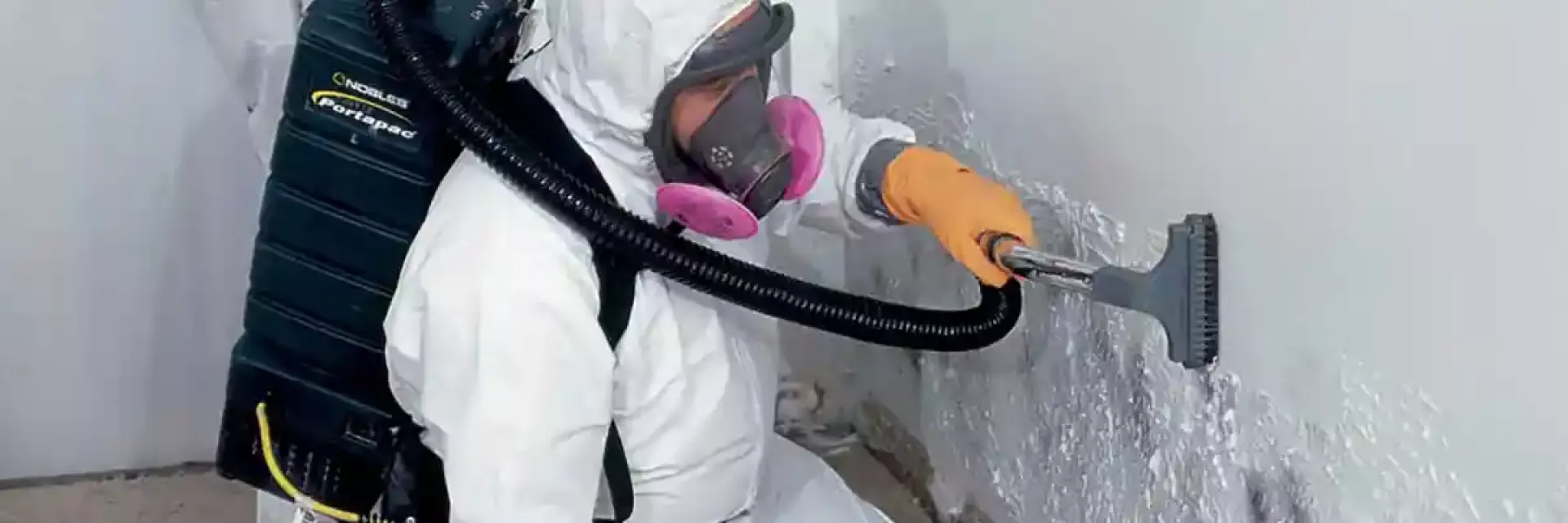Specialist Tips for Picking the very best Mold Remediation Philadelphia Companies
Reliable Mold And Mildew Removal Techniques to Get Rid Of Mold Contamination in Your Home
Mold and mildew contamination is an usual problem that homeowner face, usually bring about health and wellness issues and property damages if not dealt with promptly and properly. The existence of mold can be an indication of underlying dampness problems that need to be solved to prevent its reoccurrence (local mold remediation philadelphia). There are several methods available for mold and mildew removal, each with its own set of limitations and advantages. By recognizing the vital approaches for removing mold, residential property proprietors can take proactive actions to make sure a healthy and safe living setting.
Determining Mold Sources

One main approach for identifying mold and mildew sources is conducting an aesthetic evaluation. This involves carefully evaluating all locations of the home, consisting of hidden areas like behind walls and under flooring. Dampness meters and thermal imaging cams can additionally be used to detect covert water leakages or wetness pockets that could be promoting mold and mildew development.
Furthermore, air sampling can help identify mold sources by detecting elevated mold spore levels in the air. By addressing the origin and recognizing root cause of mold and mildew development, remediation efforts can be more targeted and inevitably more successful in eliminating the mold and mildew contamination.
Proper Air Flow Methods
Reliable mold and mildew removal not just relies on identifying mold and mildew resources but additionally stresses the relevance of implementing appropriate air flow strategies to stop future mold development (best mold remediation philadelphia). Proper ventilation plays an important function in managing indoor moisture degrees, which consequently aids to dissuade mold spores from prospering in wet atmospheres. By guaranteeing excellent air circulation throughout the building, excess moisture can be decreased, thus creating an atmosphere less helpful to mold development
One efficient ventilation technique is the use of exhaust fans in moisture-prone areas such as washrooms, cooking areas, and utility room. These fans aid to eliminate moist air and avoid it from building up on surfaces. Furthermore, opening home windows and doors when weather condition permits can additionally help in boosting air flow and lowering moisture levels inside your home.
It is important to deal with any kind of ventilation concerns promptly to keep a healthy and balanced indoor atmosphere and protect against mold contamination. Routine upkeep of ventilation systems, such as cleansing air ducts and filters, is important to guarantee optimal air flow and protect against the buildup of wetness that could cause mold and mildew growth.
Reliable Sanitizing and cleansing
To guarantee thorough mold and mildew remediation, thorough cleansing and decontaminating methods must be carefully applied. Mold and mildew spores can spread rapidly otherwise correctly cleaned and sanitized, leading to recurring mold and mildew development and prospective health risks. When dealing with mold and mildew contamination, it is essential to begin by getting rid of any kind of visible mold and mildew development utilizing appropriate cleaning solutions and techniques. Non-porous materials can typically be cleaned up properly with industrial mold cleansers or a mixture of water and cleaning agent. Permeable products might need more intensive cleaning techniques or also replacement if the mold has deeply penetrated the surface area.
After the physical removal of mold and mildew, decontaminating the influenced locations is vital to kill any kind of continuing to be mold and mildew spores and protect against regrowth. Disinfectants such as bleach solutions or hydrogen peroxide can be utilized to sanitize the cleaned up surface areas completely. It is essential to comply with manufacturer directions and safety and security standards when utilizing anti-bacterials to ensure effectiveness and reduce health risks. Regular cleaning and decontaminating methods can help keep a mold-free setting and secure the wellness of owners in the residential or commercial property.
Encapsulation and Sealing

Encapsulation and securing are essential techniques in mold and mildew removal projects to avoid the reappearance of mold development. By navigate here enveloping the mold, it efficiently seals off the mold-infested surfaces, preventing additional growth and lowering the danger of exposure to dangerous mold and mildew particles.
By sealing off splits, gaps, and spaces in walls, floorings, or ceilings, the entrance factors for wetness and mold and mildew spores are lessened, developing a setting much less helpful to mold and mildew growth. This approach not just avoids the spread of mold and mildew yet likewise helps in controlling humidity levels within the building, better dissuading mold growth.
Tracking and Avoidance
In maintaining a mold-free setting post-encapsulation and securing, thorough monitoring and prevention strategies play an essential role in making certain long-term performance. Routine inspections are vital to spot any kind of indicators of mold resurgence or brand-new development without delay. These assessments should include not just formerly impacted areas but also various other susceptible rooms prone to moisture buildup.
Monitoring moisture levels is important in mold avoidance. Maintaining indoor humidity below 60% can dramatically prevent mold and mildew growth. Using dehumidifiers in moist locations, such as cellars and bathrooms, can aid in preserving optimum humidity levels. Appropriate ventilation, including making use of exhaust followers in kitchen areas and washrooms, is additionally critical in reducing navigate to this website wetness and preventing mold and mildew growth.
In addition, educating owners on mold avoidance practices, such as without delay dealing with leakages, improving air flow, and resolving condensation problems, is important. Encouraging cleanliness and timely removal of any type of water-damaged products can further deter mold problems. By executing a comprehensive tracking and avoidance strategy, homeowner can successfully guard their rooms against mold and mildew contamination.
Final Thought
In final thought, effective mold and mildew remediation techniques are important in eradicating mold contamination in homes. By identifying mold and mildew sources, carrying out proper air flow strategies, utilizing effective cleansing and disinfecting methods, enveloping and sealing impacted locations, and continuously monitoring and protecting against future mold and my company mildew development, homeowner can effectively get rid of mold issues. It is necessary to deal with mold contamination immediately to maintain a healthy indoor setting and avoid more damages.
Effective mold removal not only relies on recognizing mold and mildew sources yet additionally stresses the significance of implementing correct air flow techniques to protect against future mold growth. When tackling mold and mildew contamination, it is essential to start by removing any kind of visible mold growth using suitable cleansing solutions and strategies.Encapsulation and securing are vital strategies in mold removal projects to prevent the reoccurrence of mold growth. By securing off fractures, gaps, and voids in wall surfaces, floorings, or ceilings, the access factors for dampness and mold spores are lessened, developing a setting much less favorable to mold growth. By determining mold and mildew resources, applying correct air flow strategies, using efficient cleaning and sanitizing methods, securing and enveloping affected locations, and constantly surveillance and stopping future mold and mildew growth, building owners can effectively eliminate mold and mildew concerns.